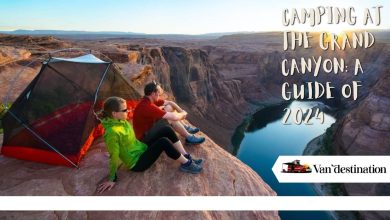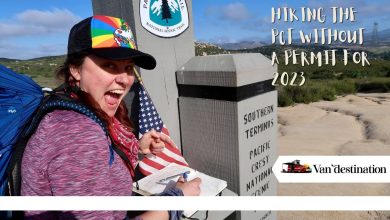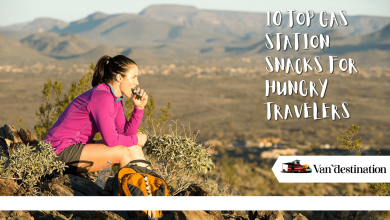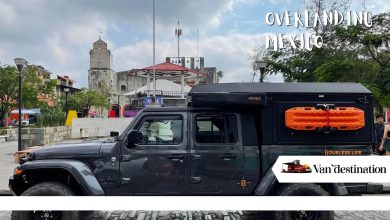How Much Does It Cost To Climb Mount Everest?
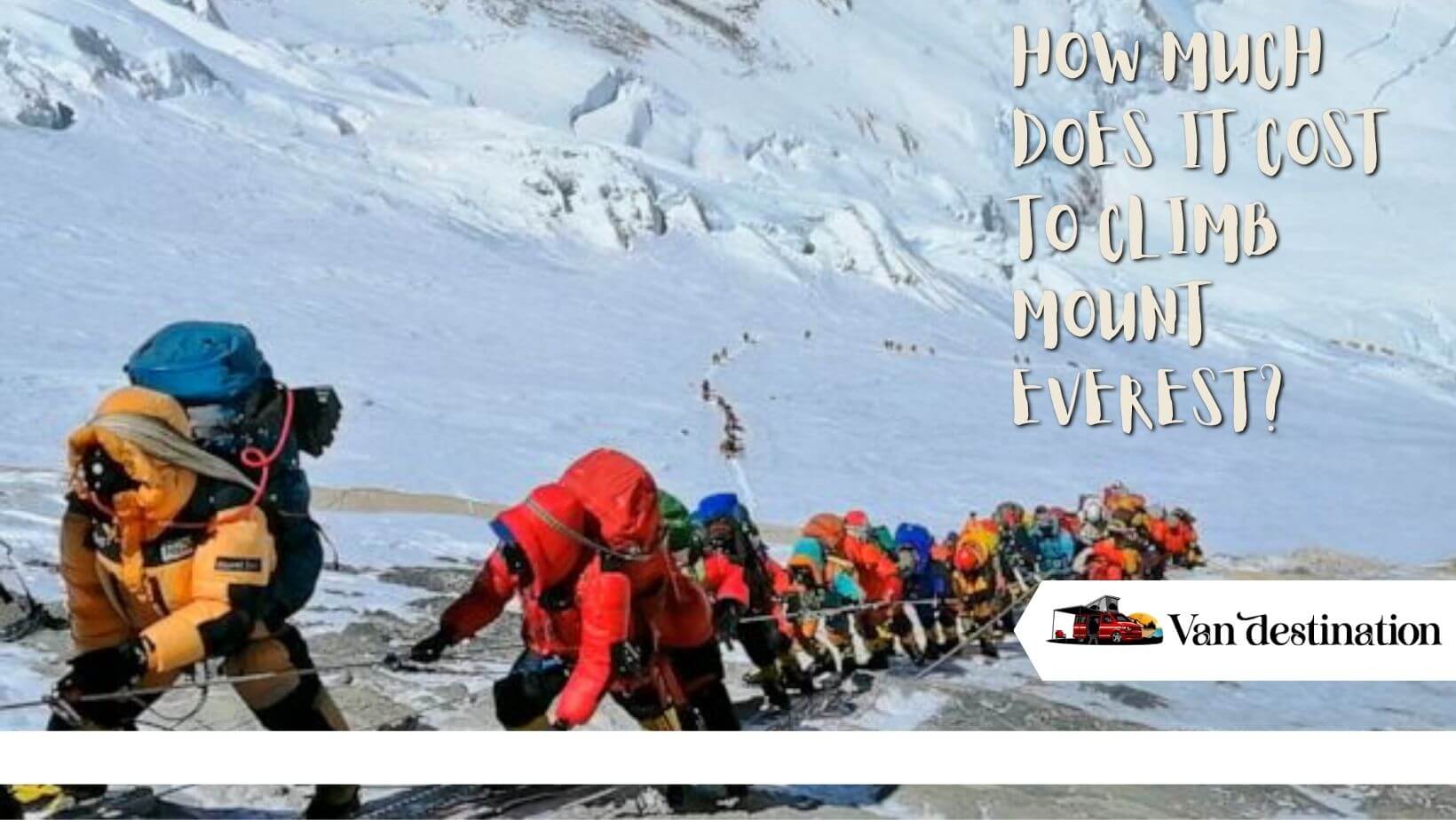
Is scaling Mount Everest on your bucket list? You’re not alone. Everest, the world’s highest mountain peak, has an irresistible allure. The idea of standing atop the world, conquering nature’s ultimate challenge, is captivating. But how much would such an adventure set you back? Let’s discuss in detail the cost to climb Mount Everest.
The Key Costs Involved
Pre-Trip Expenses
Before even setting foot in Nepal, you need to prepare. This includes fitness training, acquiring technical climbing skills, and buying insurance that covers high-altitude climbing.
Climbing Gear and Clothing
From boots to thermal clothing, climbing gear can be pricey. The harsh weather conditions of Everest necessitate top-tier equipment to safeguard against frostbite and hypothermia.
Travel Expenses
Next, you’ll need to travel to Nepal, stay in Kathmandu, and then journey to Everest Base Camp. So, you need to keep in mind all expenses or budgets that you have to manage.
Climbing Permit Fees
Nepal’s government charges a permit fee for climbing Everest. The standard cost is $11,000, but the total may increase depending on the size of your group and your route.
Guide and Sherpa Costs
Engaging professional guides and Sherpas are critical for safety. Costs vary based on their experience and the services they provide.
Incidentals and Unforeseen Expenses
Lastly, consider the unexpected. Weather delays can prolong your stay, requiring additional supplies, and equipment can fail, needing replacement.
Also Read: How Long Does it Take To Hike Mount Washington
Breakdown of the Cost to Climb Mount Everest
Standard Cost of Mount Everest Expeditions
Most climbers spend between $30,000 and $45,000 on a standard Everest expedition. This includes most of the expenses mentioned above.
High-end Luxury Expeditions
For climbers seeking extra comfort and assistance, luxury expeditions can run up to $100,000 or more. These include extra oxygen, more guides, and Sherpas, and even helicopter rides to reduce trekking.
Low-budget Expeditions
Alternatively, some companies offer budget trips for around $20,000. However, these often involve larger groups, fewer services, and potentially higher risks.
The Hidden Costs of Climbing Everest
Physical and Emotional Costs
The toll isn’t only financial. Climbing Everest can be grueling, dangerous, and mentally draining. It requires intense physical training and psychological preparation.
Environmental Costs
The environment pays a price too. Over-tourism contributes to pollution on Everest. Being a responsible climber involves minimizing your impact and contributing to clean-up efforts.
Is it Worth the Cost?
This is subjective. For some, the experience of a lifetime is worth the cost and risk. For others, the price is too high. Weigh your passion against the price tag, risk, and potential environmental impact.
Conclusion
Climbing Everest is a serious investment. However, it’s not just about money. It involves a significant commitment of time, energy, and emotional bandwidth. Only you can decide if it’s worth the cost. The dream of standing atop the world’s highest peak carries with it a price tag that few can afford and even fewer are willing to pay.
Also Read: How Long Does it Take To Hike Mount Everest
FAQs
Can I climb Mount Everest without a guide?
Technically yes, but it’s highly discouraged due to the extreme risks involved.
What is the cheapest way to climb Everest?
Budget expeditions can reduce costs, but they usually involve higher risks.
Is insurance needed for climbing Everest?
Yes, it’s a vital part of your pre-trip expenses.
How can I minimize the environmental impact while climbing Everest?
Follow “Leave No Trace” principles and participate in clean-up initiatives.
What’s the success rate for reaching the summit of Everest?
As of 2021, the success rate is around 60%, but it varies yearly based on weather conditions and other factors.
